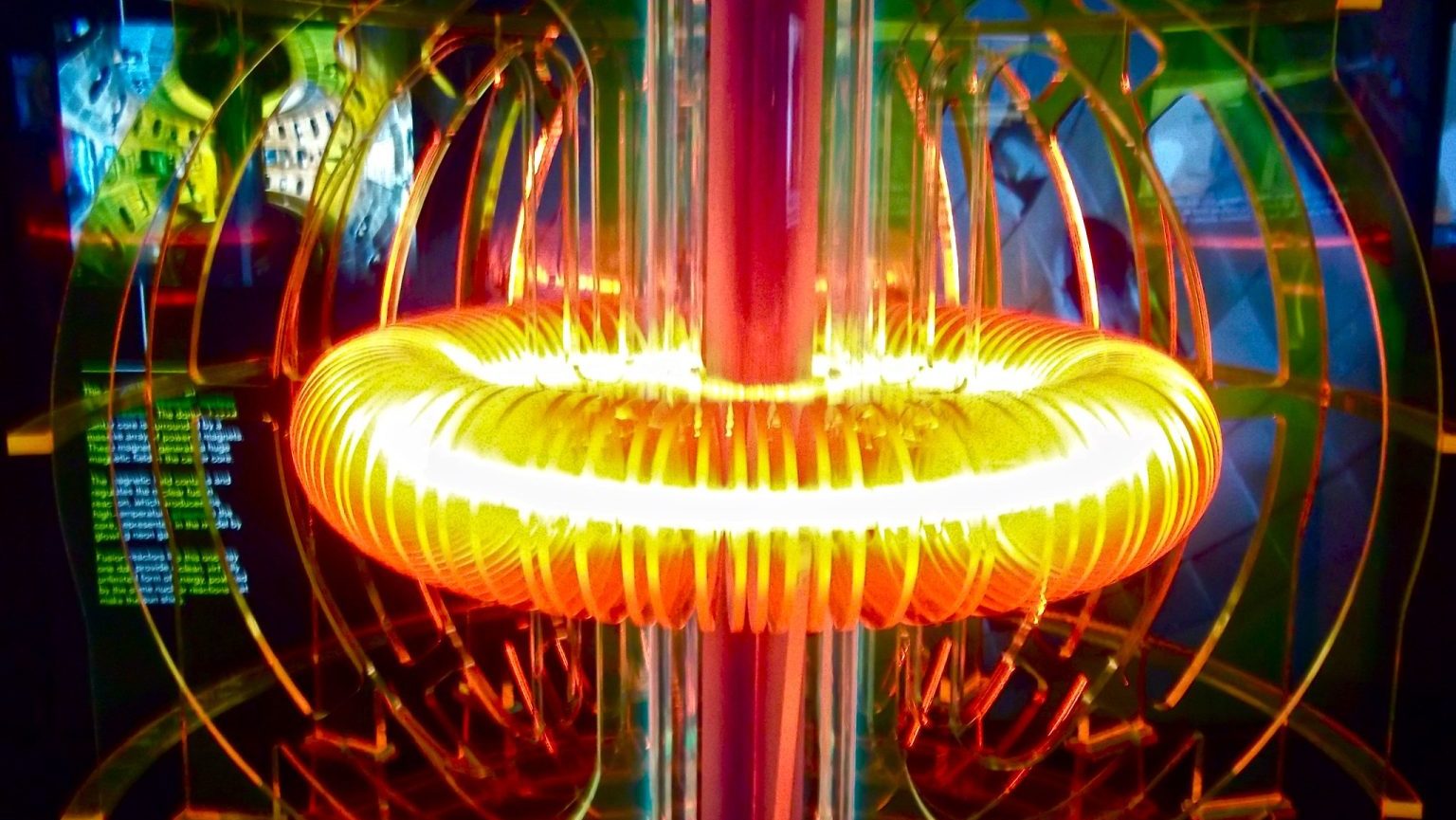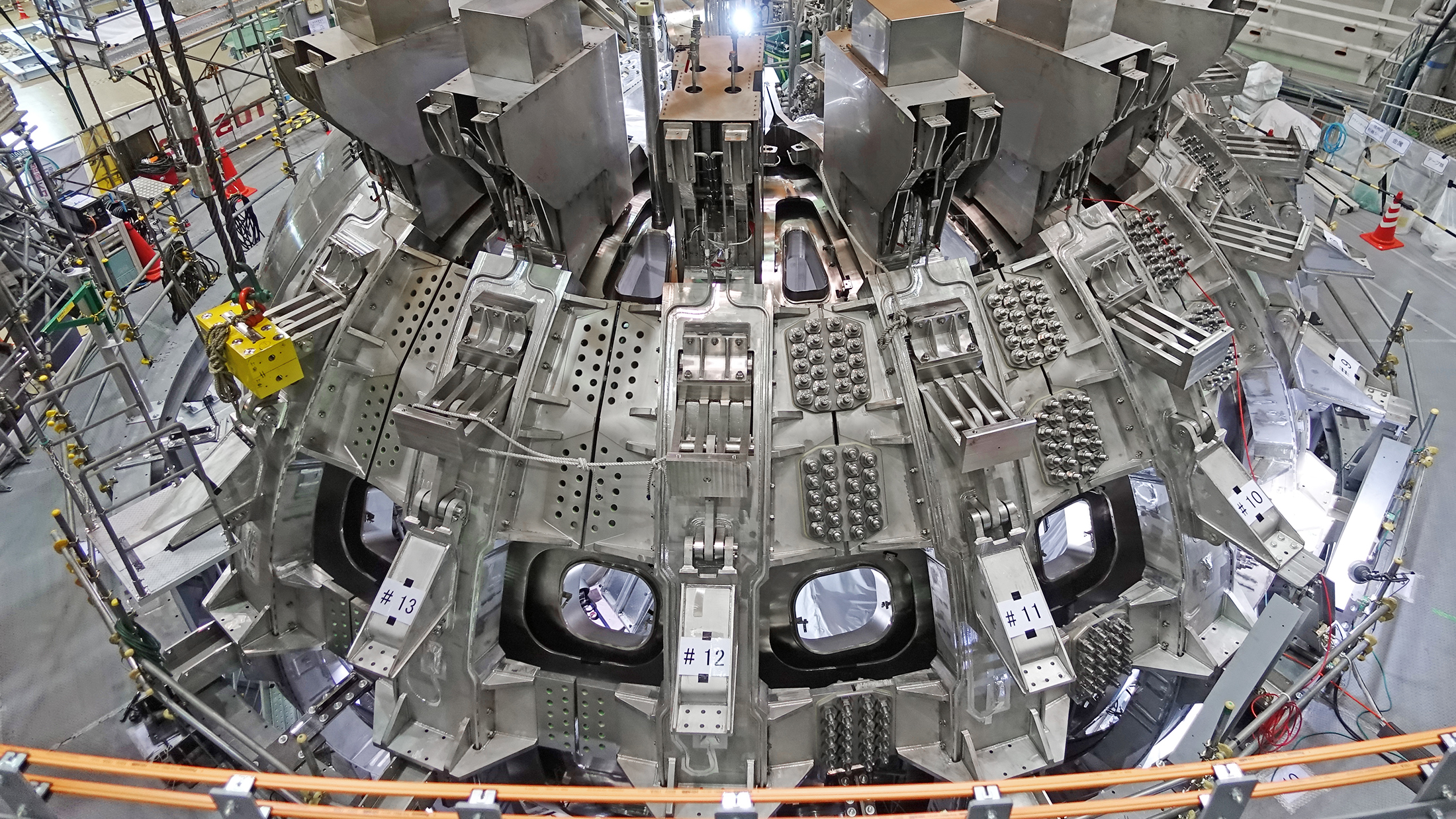MIT Researchers Propose to Build a Game-Changing Fusion Reactor

MIT announced this week it plans on building a compact fusion reactor called ARC for the purpose of both researching and producing practical fusion power, Kurzweil AI reports. New, commercially available superconductors make the project possible, as they are capable of producing stronger magnetic field coils. This allows for the fusion process to work effectively in a smaller, less expensive reactor than ever before.
“The world’s most powerful planned fusion reactor, a huge device called ITER that is under construction in France, is expected to cost around $40 billion. [Brandon] Sorbom and the MIT team estimate that the new design, about half the diameter of ITER (which was designed before the new superconductors became available), would produce about the same power at a fraction of the cost, in a shorter construction time, and with the same physics.”
I guess that’s the problem with dedicating yourself to a major project in an industry that innovates at rapid speeds. By the time ITER opens it’ll be like last season’s iPhone.
ARC holds plenty of promise because, in theory, it should be able to produce three times the amount of energy it takes to keep it running, and as soon as by the end of the decade. The nearly inexhaustible energy source could provide power to over 100,000 people, according to Kurzweil AI. Read on for more information on the project’s impressive specs.
Below, in a video interview from five years ago, Charles Ebinger of the Brookings Institute determines that the “frustrating” technology of fusion (frustrating because it’s taking so long even though we know it should work) will eventually come to fruition.
Photo credit: MIT ARC team





